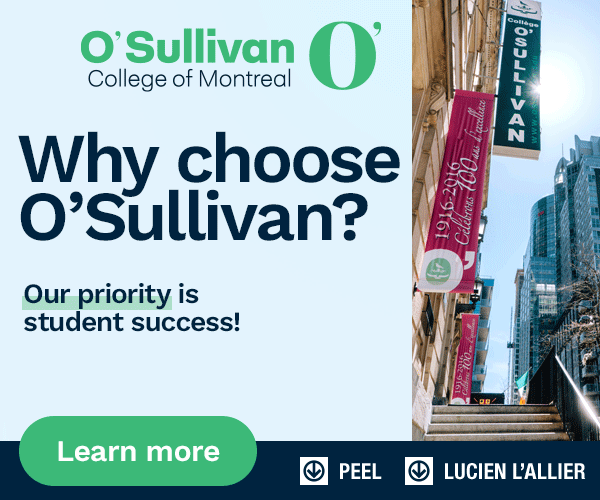The University of New Brunswick is marking the National Day for Truth and Reconciliation with commemorative ceremonies on both campuses, including the official opening of the Wabanaki Eight Point Star Healing Garden in Fredericton.
Sept. 30 honours the Survivors of Indian Residential Schools and commemorates the children who never returned home. This year also marks the 10th anniversary of the Truth and Reconciliation Commission's (TRC) 94 Calls to Action, a milestone that continues to guide UNB's commitment to Reconciliation and Indigenous-led initiatives.
Following the morning's ceremony, held at 10 a.m. at the Richard J. CURRIE CENTER in Fredericton and Oland Hall in Saint John, the UNB community will gather at the Healing Garden behind Marshall D'Avray Hall at 1 p.m.
"The garden promotes healing, traditions, ceremonies and the Spirit of all of creation," said Elder David Perley (MA'80, DLitt'19), interim director of the Mi'kmaq-Wolastoqey Centre (MWC) at UNB. "It's also meeting one of the TRC's Calls to Action. We've been working towards providing a safe learning environment, a healing learning environment this space contributes to that."
The garden honours the four sacred Wabanaki plants: sage, cedar, tobacco and sweetgrass, arranged according to the four directions of the Medicine Wheel.
"Sage is used to convert negative energy to positive energy when it is burned," said Elder Perley. "Cedar is used to absorb negative energy. Tobacco is used to invite the Creator into any gatherings. Sweetgrass is used to invite our ancestors into a gathering."
The space also features seating for quiet reflection and a central brazier for a sacred fire, which will be lit during the opening ceremony.
"That fire represents passion, who we are, and the connection between Indigenous and non-Indigenous students," Elder Perley said. "It enables us to live in harmony with all of creation, so that Indigenous and non-Indigenous students, faculty and staff may live in harmony with one another on this campus.
"It gives me good feelings to know that this whole space is like a sea of positive energy. I would like others to feel that when they're here too.
"When I look at the garden, I'm connected to my ancestors. I'm connected with Creator. I'm connected with the Spirit of the land. I'm connected with the Spirit of the sky."
The garden is a living space for learning, ceremony and connection.
"If a faculty member brings their class here, hopefully they will bring an Elder to do the smudging to ensure that the Spirits of our ancestors are being smudged, and that the Spirits of all those who attend are purified and nourished," said Elder Perley.
"It's important for all students to know and understand that they have a Spirit, and that their Spirit is nourished on a regular basis, on a daily basis," he said. "Being able to come here and do that is important for their education."
The garden holds great significance for Elder Perley, who first came to UNB as a master's student in the 1970s.
"This touches me personally," he said. "I know it will help our students because if I would have had something like this back in the 70s and the 80s, I would have been much, much more comfortable knowing I had a place where I could connect with Creator, connect with Spirit, and connect with all of creation," he said.
Dr. Juan Rodríguez, associate professor in the faculty of education and at the MWC, helped lead the coordination of the Healing Garden initiative.
"This garden is a culmination of a dream and hope," he said. "It is a place where we can learn. It is a place where we can share. It is a place where non-Indigenous students can learn about the powerful knowledge of Indigenous people and history. It is a place for inspiration, and it is a place to gather."
"It is a place where we can say thank you' to all Wabanaki Elders, which you can see set in stone in the garden, as a way to honour them and say thank you for their love, care and teachings," said Rodríguez. "To say thank you' for the inspiration and for all their efforts in preserving the languages and cultures of Indigenous Peoples and for sharing with us."
"A symbol of healing, connection and hope, this space is a beautiful gift to current and future students and for every member of the UNB community," said Dr. Paul J. Mazerolle, UNB president and vice chancellor.













